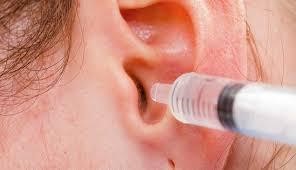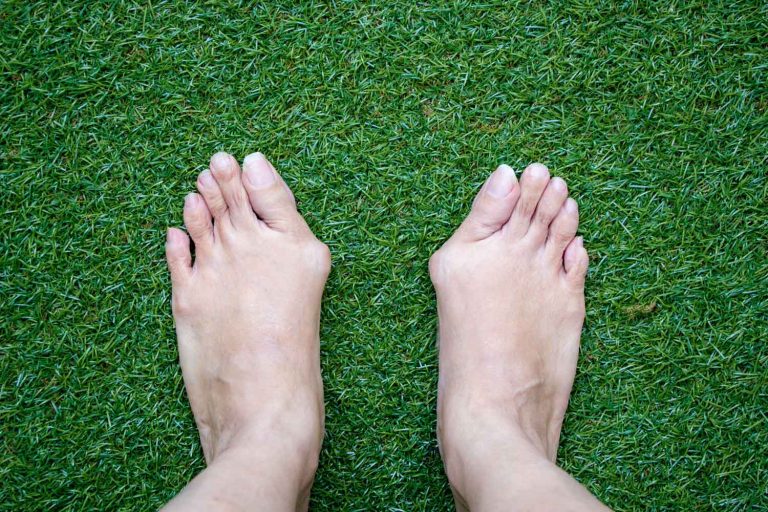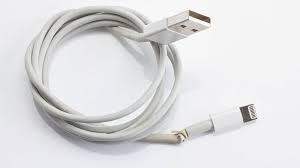Before you begin applying lawn fertilizer to your lawn, you need to understand the timing and the type of fertilizer. To get the most bang for your buck, apply fertilizer after the ground temperatures have hit 55 degrees Fahrenheit for at least four days. In addition, you must wait until spring before fertilizing your lawn if the ground temperature is still chilled from a late fall frost. Also, certain fertilizers should not be applied after seeding your lawn.
Organic Fertilizers
Organic fertilizers for lawns are an excellent way to add nutrients to your property without paying an exorbitant price. These products are readily available at garden centers and usually contain all-natural ingredients. These include seaweed, bone meal, and feather meal, which provide the soil with essential nutrients, such as potassium and phosphorus. Organic fertilizer also increases the soil’s water-holding capacity and encourages the activity of essential soil microorganisms.
Many lawn fertilizers are toxic, but many organic products do not pose any risk to children or pets. One of my personal favorites is called Jonathan Green. It contains all-natural, plant-based ingredients and is easy to apply. Plus, it’s an excellent option for any lawn type and season. It also has no odor, making it safe for my pets and children to play on.
Most organic lawn fertilizers contain up to 50% more microbes than other plant foods. Many organic fertilizers also contain pellets for more straightforward application. These pelletized products contain natural organic nutrients in your grass but may require double watering to make them more effective.
Weed and Feed Products
One of the most popular types of lawn fertilizer is the “weed and feed” product. This product is usually applied to an entire lawn, but in some cases, it’s only used in problem areas. These products contain a mix of fertilizer and herbicide. It’s essential to apply them at the right time to prevent weed seeds from germinating.
The best time for applying weed and feed products is early spring. Using it during the wrong time can lead to uneven results and fertilizer scorch. Most types of grass require a higher level of nutrients from mid-spring onward, so apply weed and feed products around April.
Products that kill common weeds and nourish grasses both do the same thing. Most reputable garden retailers carry weed and feed products, or you can buy them on Amazon.com. They come in the rotary spreader, drop, and broadcast compositions. Apply them when the grass is still wet and up to four times a year.
Applying Fertilizer with a Drop Spreader
The first step in applying fertilizer with a drop spreader is to calibrate the spreader to the material to be applied. For most materials, the width of the spreader should be the same as the material’s effective swath width. To calculate this measurement, use a measuring wheel or tape to measure the length and width of the area to be fertilized. Then, multiply these measurements to get the square footage of the site. After calibration, make two passes across the lawn using the spreader.
Follow the fertilizer instructions when using a drop spreader to apply fertilizer. The rate at which the product is applied can vary depending on the type of fertilizer. Make sure you follow the spreader’s directions to avoid over-fertilizing your lawn.
Another benefit of a drop spreader is that it is perfect for applying fertilizer to driveways and sidewalks. Broadcast spreaders can stain pavements, so a drop spreader is an effective way to ensure that your driveway or sidewalk receives proper nourishment.















+ There are no comments
Add yours